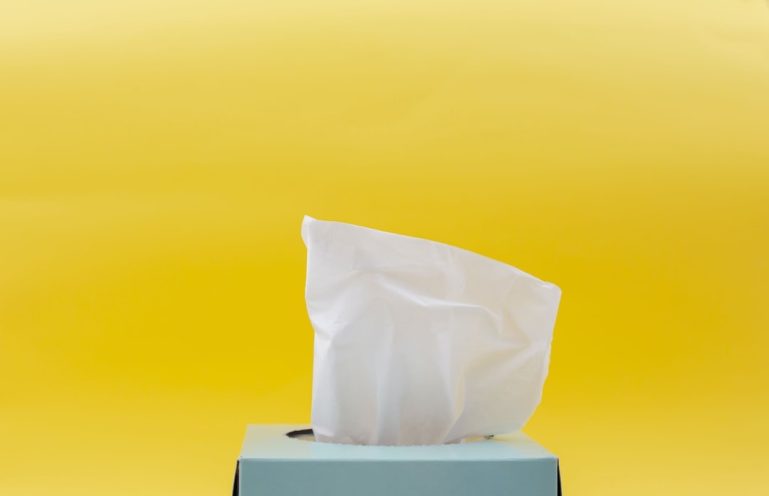
Who is not a candidate for microshading?

Microshading, also known as powder brows or ombre brows, is a semi-permanent makeup technique that involves filling in the eyebrows with tiny dots to create a soft, powdered look. While microshading is a popular option for many individuals seeking perfect brows, it may not be suitable for everyone. In this article, we will discuss who is not a candidate for microshading.
1. Individuals with certain skin conditions
Microshading may not be recommended for individuals with certain skin conditions, such as active eczema, rosacea, psoriasis, or dermatitis. These conditions can affect the healing process and may lead to poor results or complications. It is essential to consult with a dermatologist or a licensed microshading artist to determine if your skin condition allows for the procedure.
2. Pregnant or breastfeeding women
During pregnancy and breastfeeding, hormonal changes can affect the body’s response to various treatments, including microshading. Additionally, the safety of certain pigments used in microshading is not yet established for pregnant or breastfeeding women. To ensure the health and well-being of both the mother and the baby, it is recommended for pregnant or breastfeeding women to postpone microshading until after the pregnancy or breastfeeding period.
3. Individuals with unrealistic expectations

It is important to have realistic expectations when considering microshading. While the technique can enhance the appearance of eyebrows, it cannot completely change their natural shape or create dramatic results. If you are expecting a radical transformation or a specific eyebrow shape that is not in line with your natural features, microshading may not be suitable for you. A consultation with a microshading artist can help manage expectations and determine if the procedure aligns with your goals.
4. Individuals with certain medications or medical conditions
Certain medications and medical conditions may interfere with the healing process and increase the risk of complications after microshading. Examples include but are not limited to blood-thinning medications, autoimmune disorders, bleeding disorders, and uncontrolled diabetes. If you have any underlying medical conditions or are currently taking medications, it is crucial to inform the microshading artist before undergoing the procedure.
Microshading can be a fantastic option for achieving natural-looking, defined eyebrows. However, it is not suitable for everyone. Individuals with certain skin conditions, pregnant or breastfeeding women, individuals with unrealistic expectations, and individuals with certain medications or medical conditions may not be candidates for microshading. It is always recommended to consult with a licensed microshading artist or a dermatologist to assess your suitability for the procedure.